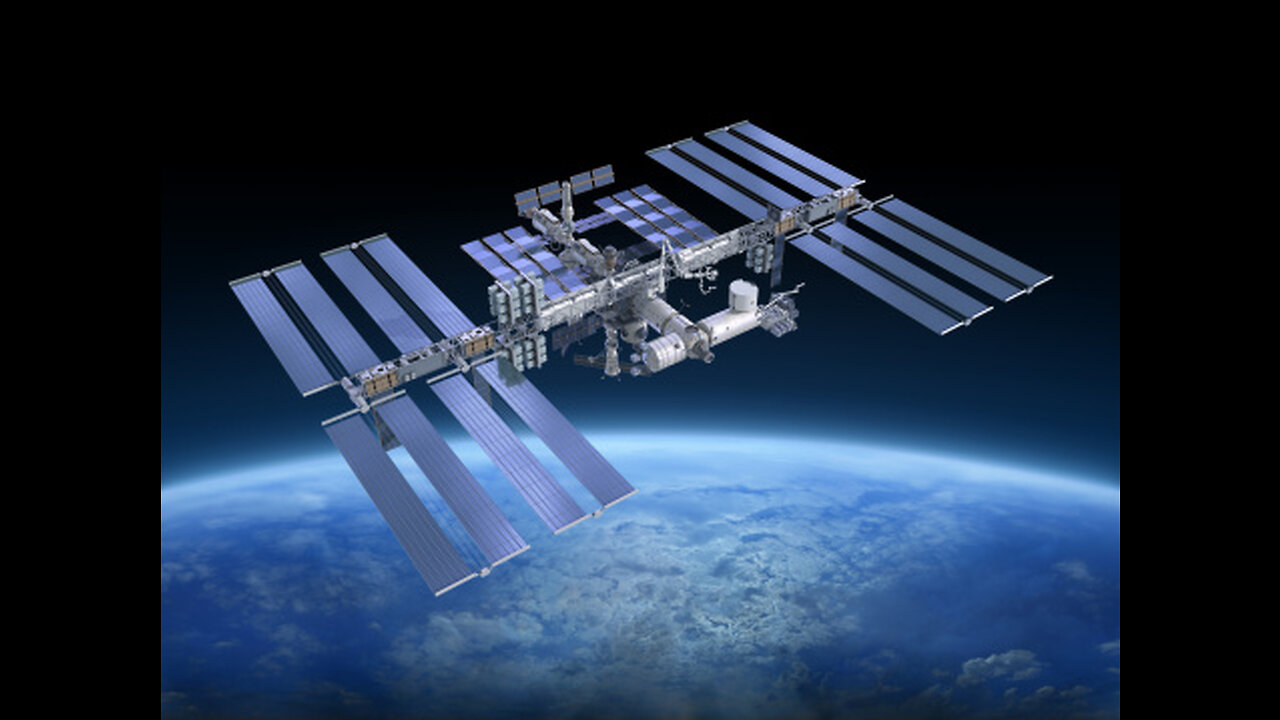Premium Only Content

🚀🌌 "From Earth to Orbit: An Astronaut's Perspective" 🌌🚀
Imagine gazing out of a tiny window, your heart pounding with excitement, as the Earth falls away beneath you. This is the incredible perspective of astronauts embarking on a journey to the International Space Station (ISS).
As the rocket's engines roar to life, you're thrust upward, pressed deep into your seat, and for a moment, gravity seems to lose its grip. The world outside the spacecraft becomes a blur of blue and white as you ascend into the heavens.
Peering through the window, you witness Earth's curvature, a breathtaking view that few have ever experienced. The planet's colors intensify – the deep blue of oceans, the vibrant green of continents, and the stark white of polar ice caps. It's a reminder of the fragile beauty of our home.
Soon, the spacecraft reaches orbit, and you're weightless, floating freely within the confines of the spacecraft. You watch as the sun rises and sets every 90 minutes, casting ever-changing shadows on the ISS. The stars, unobstructed by the atmosphere, twinkle in the inky blackness of space.
Every day, you're treated to 16 sunrises and sunsets, each one more awe-inspiring than the last. The Earth below is a living, breathing masterpiece, with storms, city lights, and natural wonders on full display.
As you approach the ISS, it comes into view—a shining outpost in the cosmos. The sense of camaraderie and scientific discovery fills the spacecraft as you prepare for docking. Your fellow astronauts welcome you with open arms, and you become part of a team dedicated to advancing humanity's knowledge of space.
The astronauts' perspective on a journey to the ISS is one of profound wonder, responsibility, and privilege. It's a view that changes their perspective forever, offering a profound connection to the universe and a renewed commitment to the stewardship of our planet.
Subscribe now to join us on this extraordinary cosmic journey and experience space through the eyes of those who venture beyond our world
For educational and informational purposes. Copyright NASA
-
 1:03:25
1:03:25
Kyle Fortch
2 hours agoRick Barker: Managing & Developing Taylor Swift, Breaking Artists Today & MORE | THE ONE SHEET S1E5
2 -
 37:11
37:11
BonginoReport
4 hours agoDan Bongino is Leaving (Ep.146) - 02/24/2025
145K378 -
 LIVE
LIVE
Wendy Bell Radio
5 hours agoThe MAGA Diet
11,276 watching -
 1:22:03
1:22:03
Graham Allen
3 hours agoGRAHAM MAKES YUGE ANNOUNCEMENT!! + LIBERAL REP ROOTING AGAINST AMERICA?!
50.5K49 -
 1:01:28
1:01:28
Randi Hipper
1 hour agoETHEREUM PRICE BOUNCES AFTER BILLION DOLLAR HACK!
8.7K1 -
![Massive Paradigm Shift: Bongino Hired At FBI; Joy Reid Fired At MSBNC [EP 4450-8AM]](https://1a-1791.com/video/fwe1/52/s8/1/u/2/_/e/u2_ey.0kob-small-Massive-Paradigm-Shift-Bong.jpg) DVR
DVR
The Pete Santilli Show
16 hours agoMassive Paradigm Shift: Bongino Hired At FBI; Joy Reid Fired At MSBNC [EP 4450-8AM]
58.4K18 -
 1:27:17
1:27:17
Game On!
15 hours ago $2.71 earnedAnother Monday without football...
36.8K8 -
 1:43:56
1:43:56
Jeff Ahern
2 hours ago $2.60 earnedMonday Madness with Jeff Ahern (Ding Dong the Witch is Gone!)
29.4K3 -
 34:56
34:56
Athlete & Artist Show
23 hours ago $1.78 earnedCANADA WINS GOLD AGAIN!!
25.8K2 -
 15:27
15:27
T-SPLY
1 day agoCNN Forgets President Trump Can Fire Anyone He Wants From The Pentagon
36.9K25